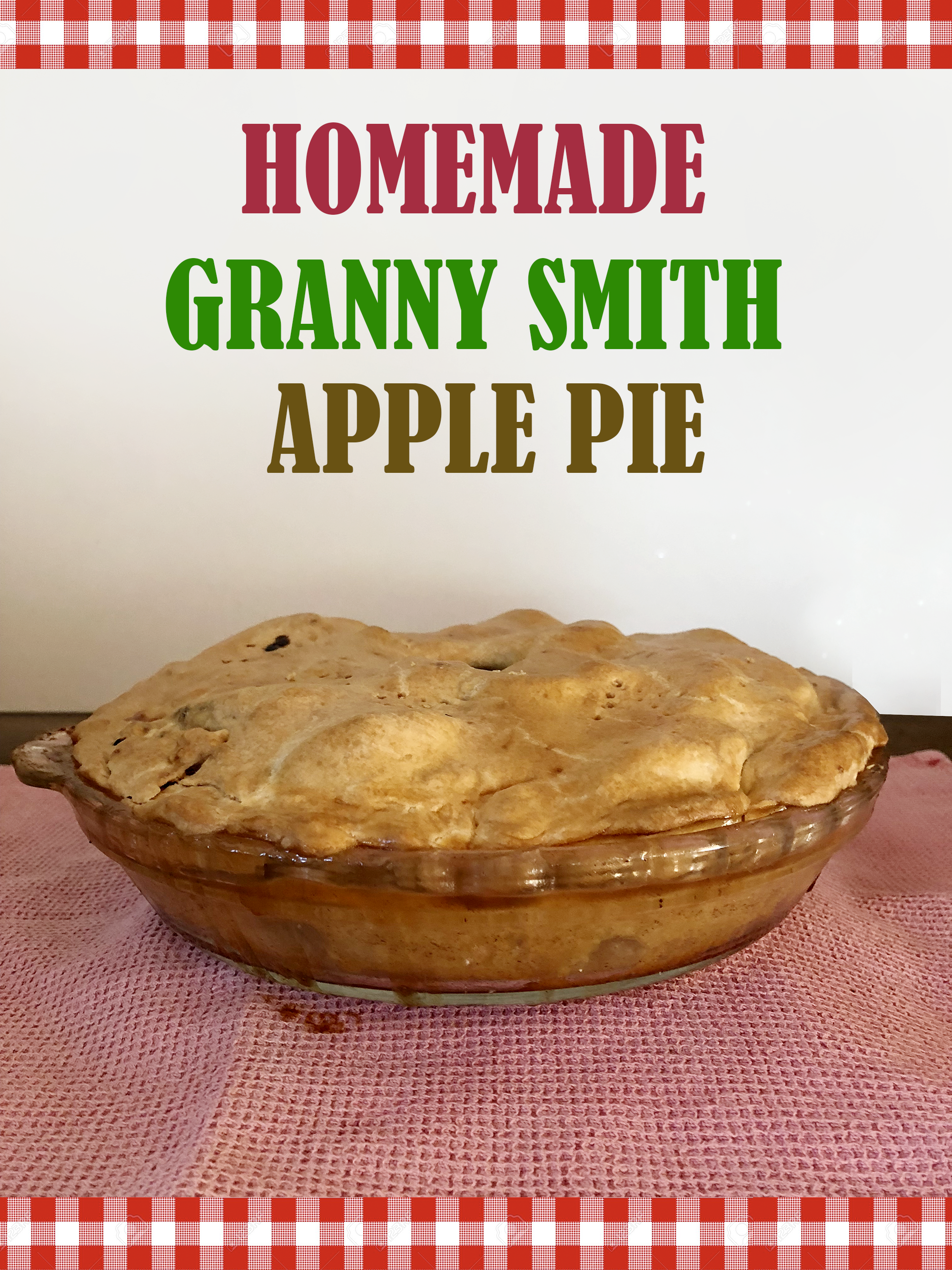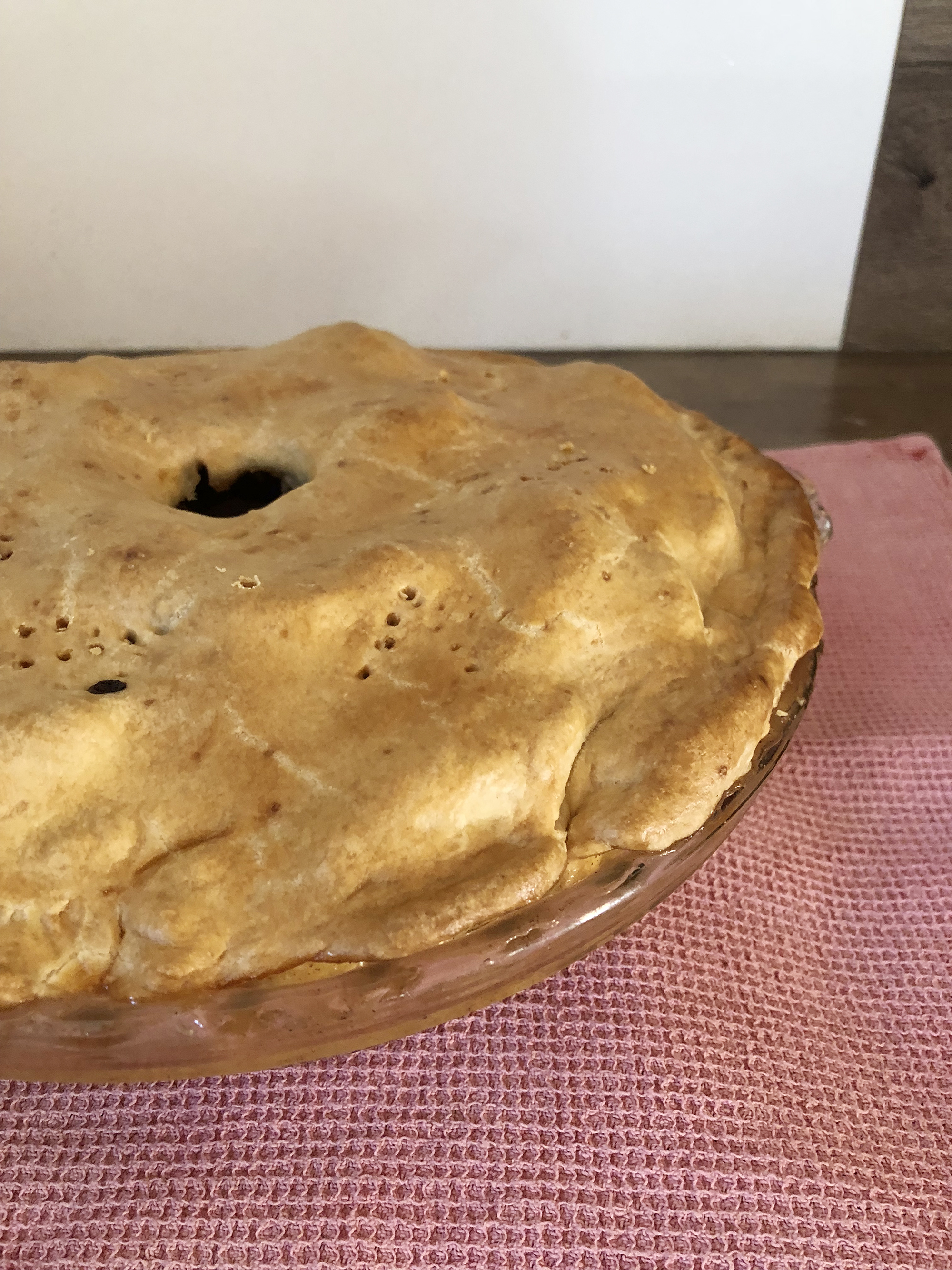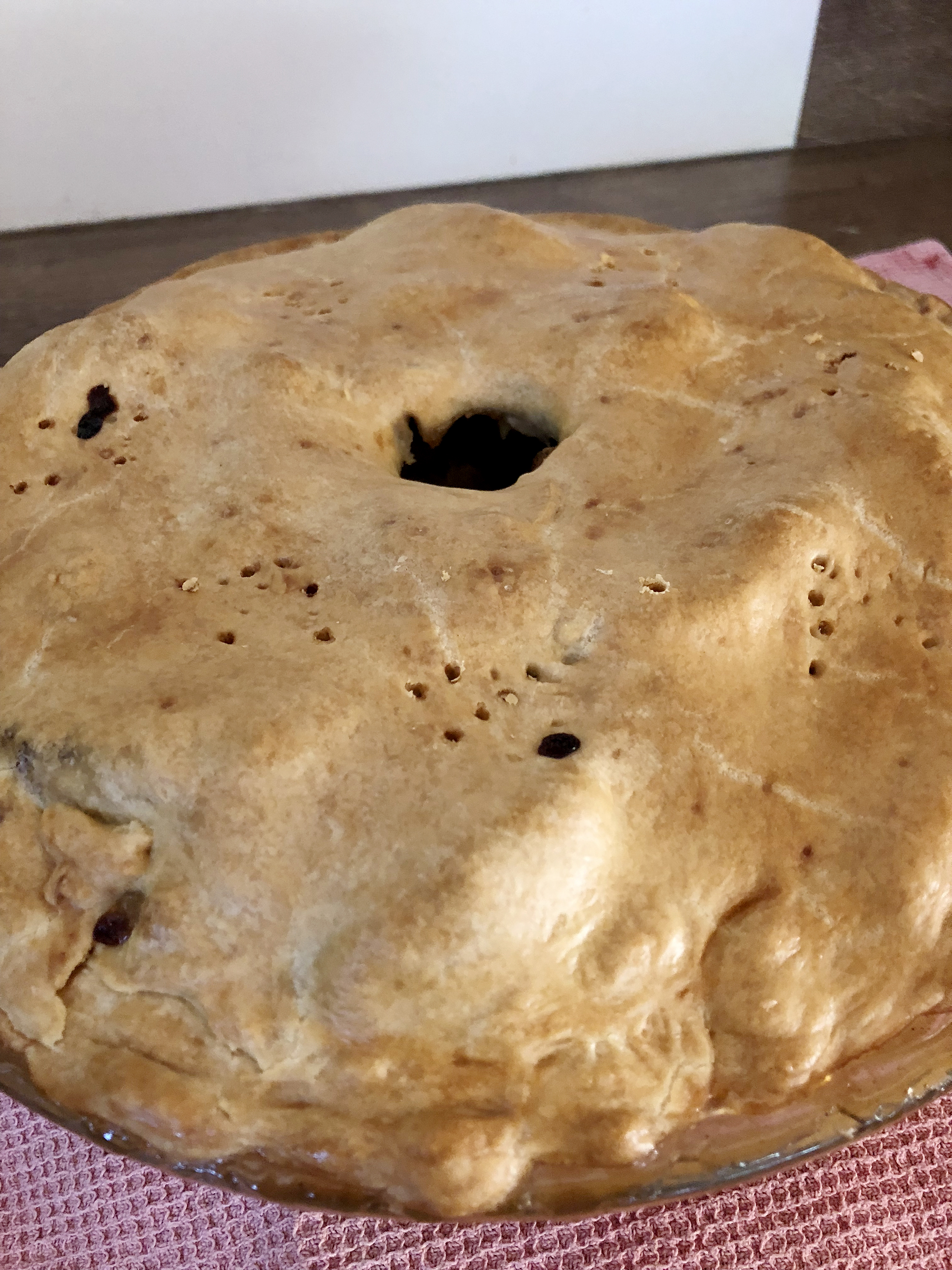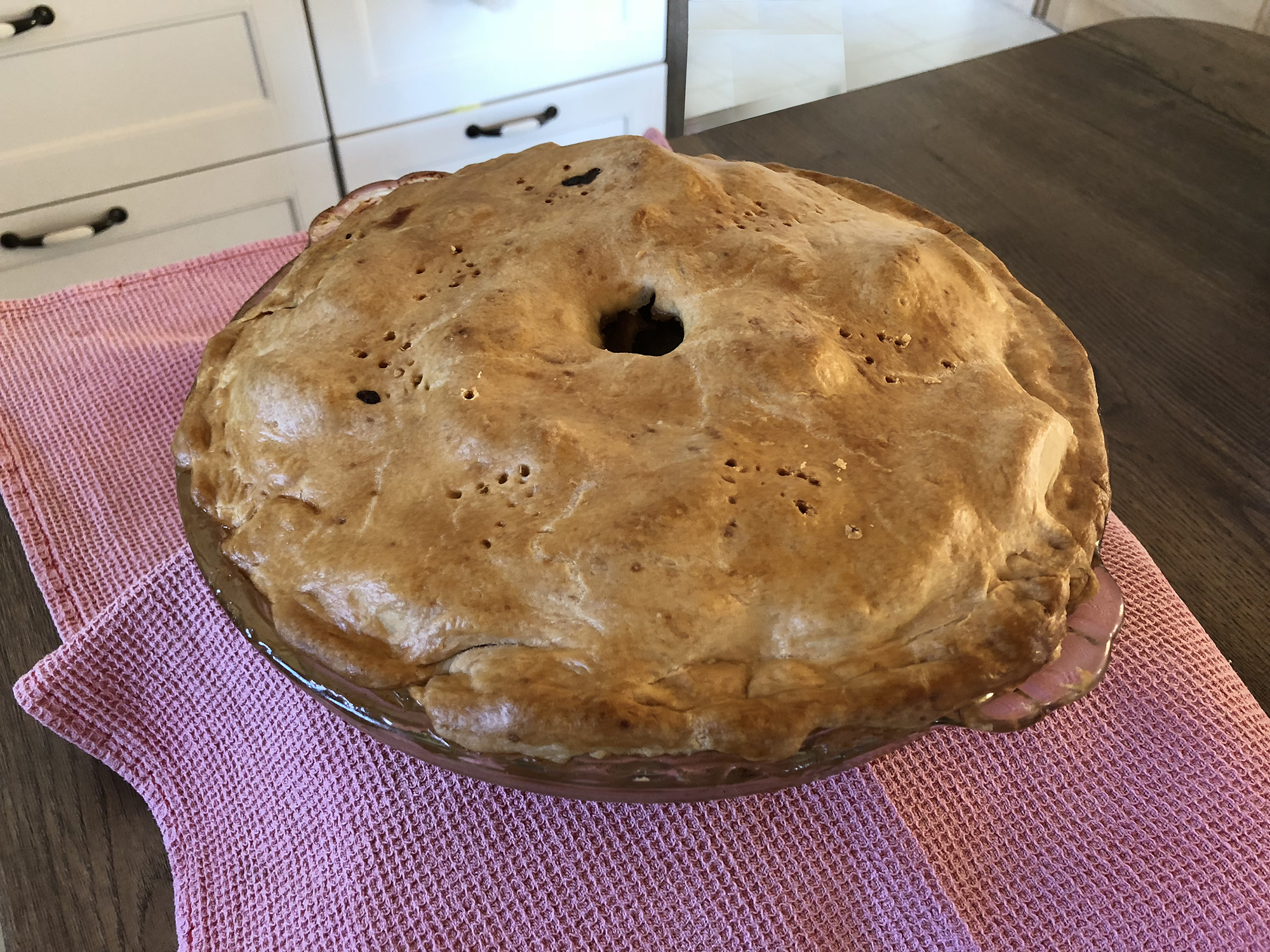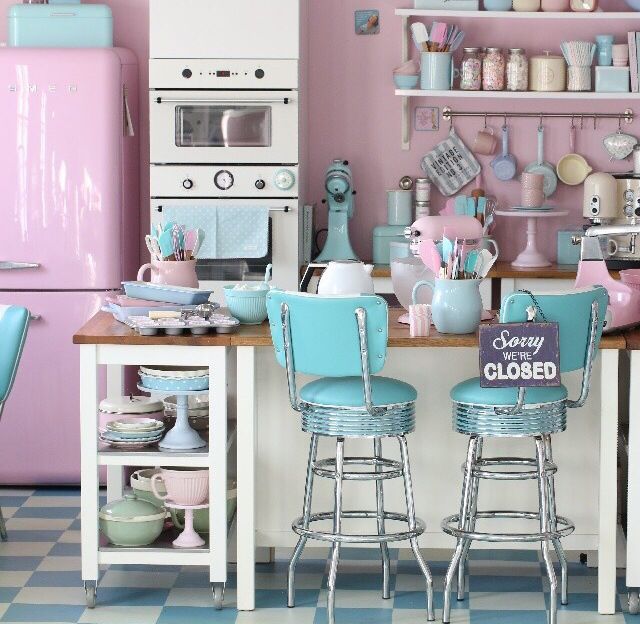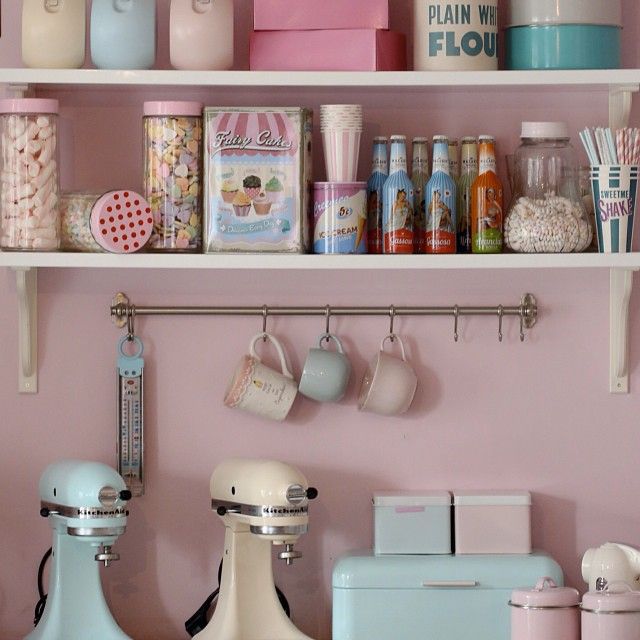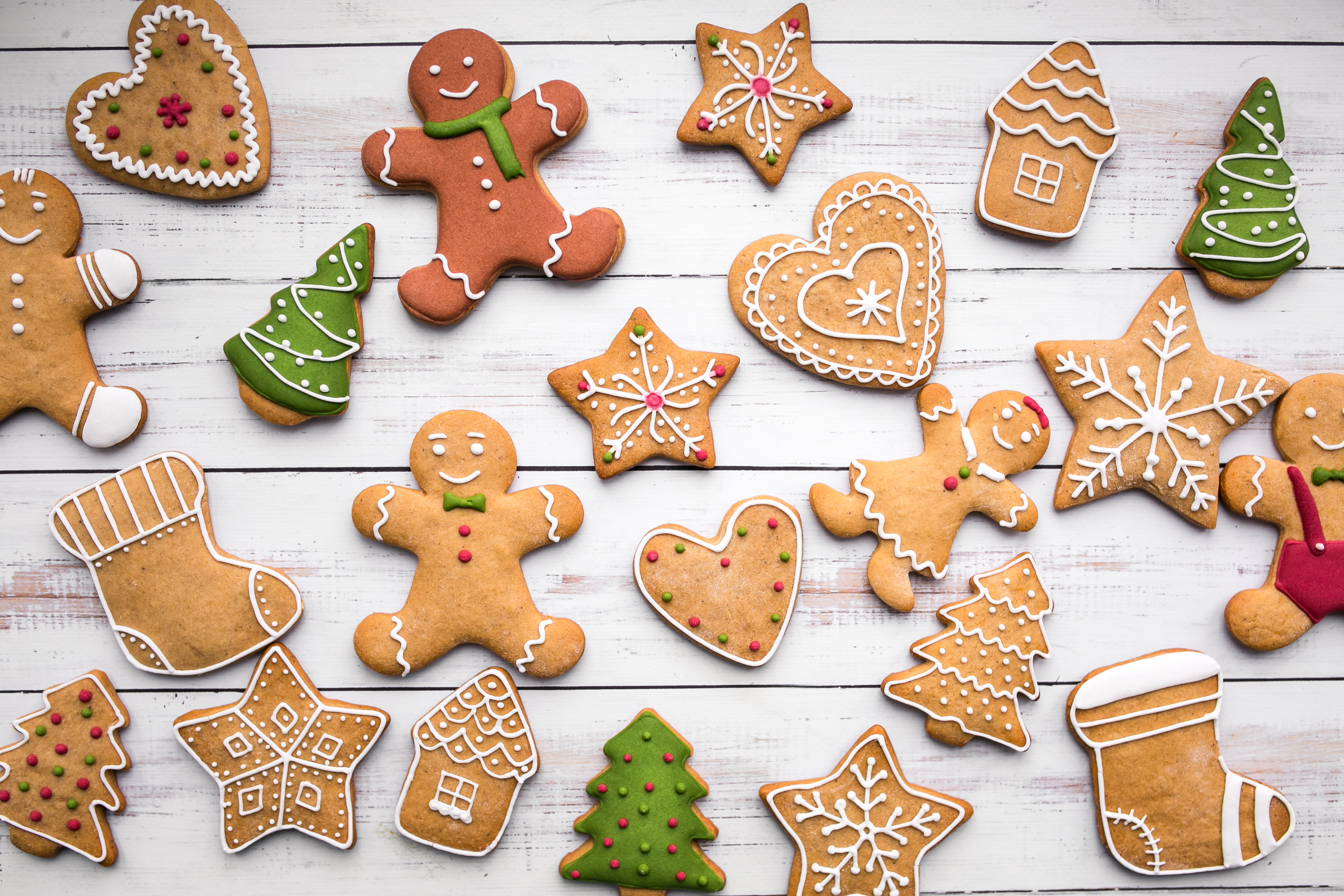The kitchen is one of the most important areas of your home. While it’s important to keep your entire home clean, the kitchen is a space where cleanliness is essential!
 Photo By: RLB Architecture
Photo By: RLB Architecture
The benefits of having a clean kitchen are far-reaching and in some cases potentially life-saving. Let’s take a closer look at the importance of a clean kitchen:
1.Pest Control
Pests can easily get into food containers if they’re not sealed and stored properly or if they’re left unattended too long. If you do a lot of baking, the sugar, flour, and other dry ingredients used may act as a beacon to pests. As a result, you could have mice, weevils, ants, or other creatures that you don’t want in your kitchen.
Making sure that you store food securely, check it for any signs of contamination, and keep on top of spills and debris which attract pests can be a big help in prevention. When it comes to pests, prevention is critically important. Once you have to fight an infestation, it’s much harder to deal with.
2.Hygiene
Hygiene is vital when it comes to food and food preparation. Food that’s rotting can spread bacteria to everything around it and cause serious illness. Making sure to be rid of expired or moldy food will help the overall health and safety of the kitchen.
If you aren’t careful while working with meat, you could cross-contaminate other foods you prepare on the same surface without proper cleaning. Bear Brothers Cleaning states that it’s necessary to keep kitchen work surfaces such as counters and cutting boards clean and sterile for safety. Utensils and cooking tools need thorough cleaning as well.
To ensure the highest standards of hygiene for your kitchen, you may consider hiring a cleaning service. You can look at your schedule and needs to assist you in knowing how often to hire house cleaning service professionals to clean your kitchen. You might want to consider having them regularly clean the rest of the house as well.
3.Safety
Cleanliness in the kitchen is necessary because there are sharp tools, hot surfaces, also other potential hazards. Spilled liquids can be fall risks. Oil buildup on stove hoods or food residue in the oven can cause dangerous kitchen fires that are difficult to extinguish.
Cleaning as you go and storing tools and utensils safely when not in use assists in accident prevention. The kitchen and bathroom are two of the most dangerous rooms in the home. Being proactive and taking steps to reduce risks can save lives.
4.Setting a Positive Example
If you have children, keeping a clean kitchen shows them skills they take with them later on in life. Teaching children how to properly run and maintain a household starts with their parents. You can show them how to clean the kitchen by watching you or let them start with small chores like sweeping or taking out the trash. Helping your child learn life skills is a rewarding reason to keep your kitchen clean.
5.Saving Money
One way a clean kitchen saves money is that when your kitchen is clean and organized, you won’t purchase foods you already have at home. You’ll know which foods you have in stock. You can avoid food waste and wasting money. You can also save money by taking the time to clean your appliances after you use them. This lets you avoid repairs and replacements for much longer.
Keeping your kitchen clean is worth it for many reasons. You and your entire household will benefit from a little dedication and elbow grease.

